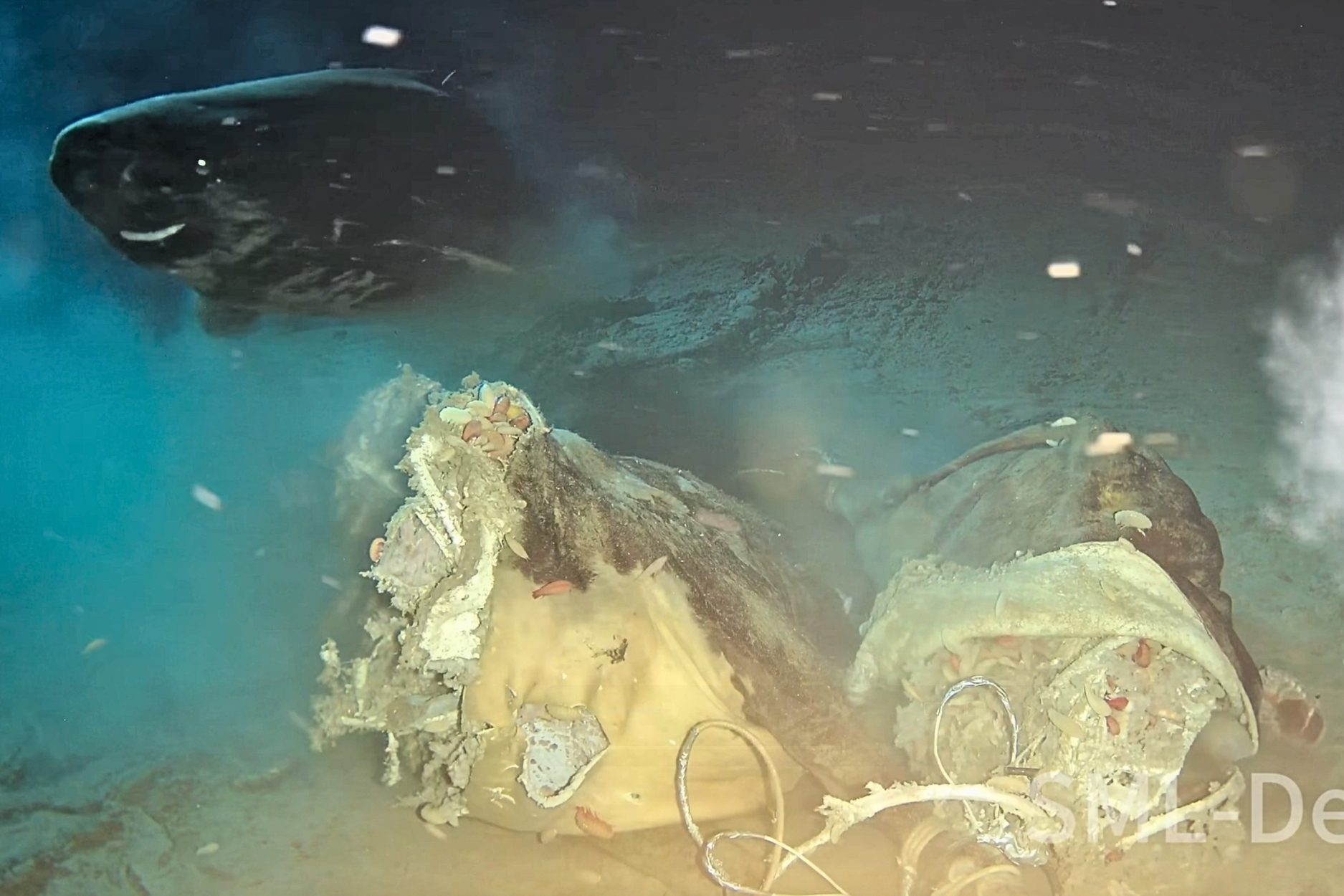
Introduction
The Pacific sleeper shark, a lesser-known species of shark, has been making headlines recently due to its presence in the South China Sea. This region, known for its rich marine biodiversity, serves as a crucial habitat for various aquatic species, including the elusive Pacific sleeper shark. As researchers delve into its population dynamics and ecological roles, understanding this species becomes essential not only for marine conservation efforts but also for the overall health of marine ecosystems in the South China Sea.
What are Pacific Sleeper Sharks?
Pacific sleeper sharks (Somniosus pacificus) are large deep-sea sharks that inhabit cold waters, primarily found in the North Pacific Ocean. They are characterised by their bulky bodies, elongated heads, and their unique velvet-like skin texture. These sharks are known to inhabit depths of over 2,000 meters, making them relatively difficult to study. As a species, they are thought to have a wide distribution, but specific populations, particularly those in the South China Sea, have not been extensively researched until now.
Recent Studies and Findings
Recent studies conducted in the South China Sea have highlighted the importance of Pacific sleeper sharks in maintaining marine biodiversity. Researchers have noted that these sharks are opportunistic feeders, consuming a variety of prey including fish, squid, and crustaceans. Understanding their dietary habits is vital as it helps scientists gauge their impact on the marine food web.
Moreover, with the increasing threats to marine ecosystems, such as overfishing and climate change, the presence and health of species like the Pacific sleeper shark can serve as indicators of overall ocean health. The shark’s role in controlling prey populations also underscores its significance in preserving the balance within marine communities.
Conservation Efforts and Future Perspectives
Despite their ecological importance, Pacific sleeper sharks remain under-researched, especially in terms of their population size and distribution in the South China Sea. Recent conservation efforts aim to better understand these sharks through tagging and monitoring programmes. Collaborative initiatives among marine biologists, conservationists, and regional governments are underway to assess risks and develop effective management strategies for protecting shark populations.
Conclusion
The resurgence of interest in Pacific sleeper sharks within the South China Sea signals a pivotal moment for marine conservation. As scientists continue to unravel the ecological roles of these enigmatic creatures, it becomes increasingly clear that safeguarding their habitats is crucial for the health of marine ecosystems. This research not only highlights the need for continued conservation efforts but also serves as a reminder of the fragile balance within our oceans. Protecting the Pacific sleeper shark means protecting a vital part of our marine heritage.
You may also like

Sharks Attack Snorkeler: A Recent Incident Causes Alarm

Why Shark Conservation is Vital for Marine Ecosystems
